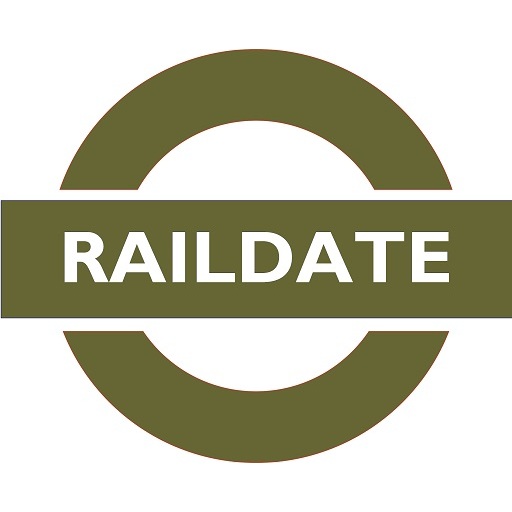
To subscribe to the email, please send a blank email to: raildate+subscribe@groups.io
Raildate is a collaboration between the editor and a number of contributors. Please think about supplying links that you spot. The contact email address is: raildate.co.uk@gmail.com
There are sections on:
East
East Midlands
London
Midlands
North East
Scotland
South
South East
Wales
West
National
Australia
Canada
China
Europe
France
Germany
Italy
Kenya
New Zealand
Sweden
Switzerland
Tanzania
USA
Air
Bus
Marine
Thank you to this week's contributors.
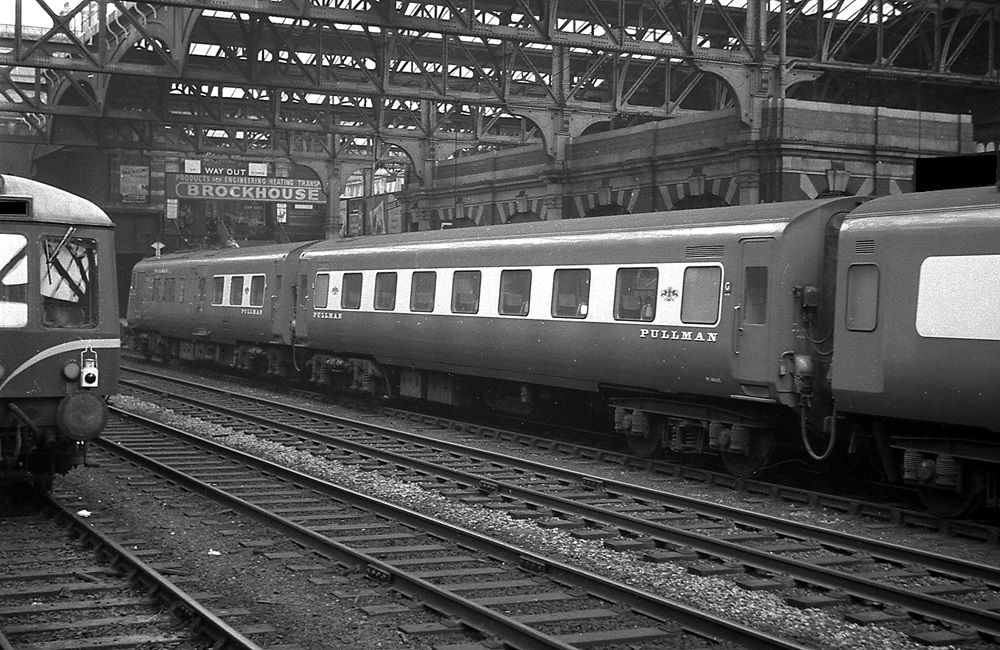
A diesel Blue Pullman unit at a station that has been completely transformed since. Where is it?
Please send your answers to raildate.co.uk@gmail.com
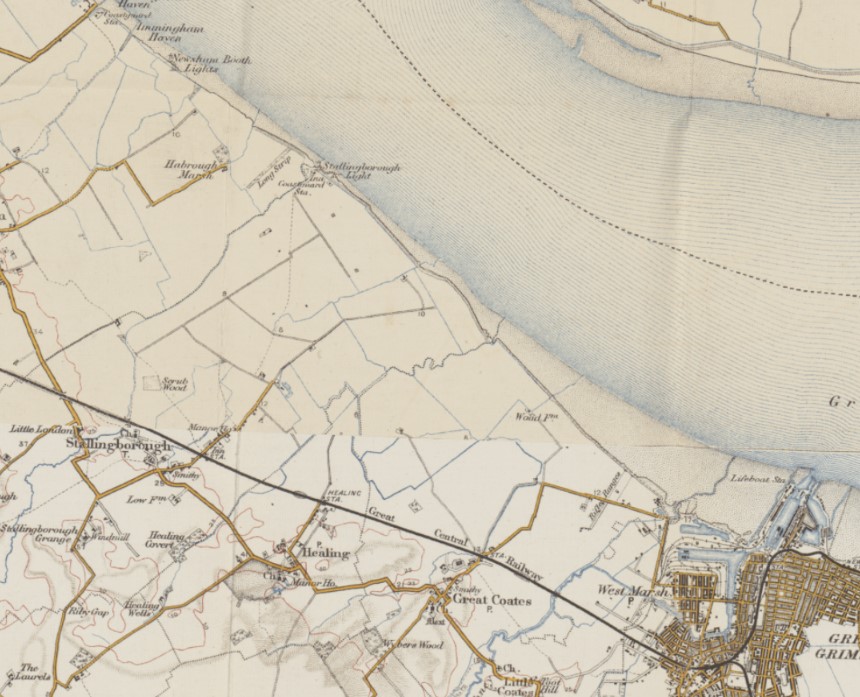
Something important is yet to be built. [Early 20th century 1" map]. Where/what is it?
Answer: Immingham Dock and the Grimsby & Immingham Electric Railway. Congratulations are due to the following for their correct answers: Phil Deaves, Dave Goodyear, Richard Whitbread, Colin Penfold, Tony Fox, Paul Hopper, Mike Rogers, Richard Maund, Peter Tisdale, John Lacy, Andrew Twynham, Paul Tambini, Chris Neale, John Nuttall, Blair Robinson, Michael Willsher, David Sharp, Gérard van Teeffelen, Simon Wass, Andrew Treves, Tony Hall, Bryn Pitcher, Neil Spencer, Bernard Gudgin, Ian Lowe, Richard Weller, Chris Gibbard, Jim Allwood.
A large number of the answers identified Grimsby without mentioning the thing that was missing (Immingham) but it would be overly harsh to dissallow them.
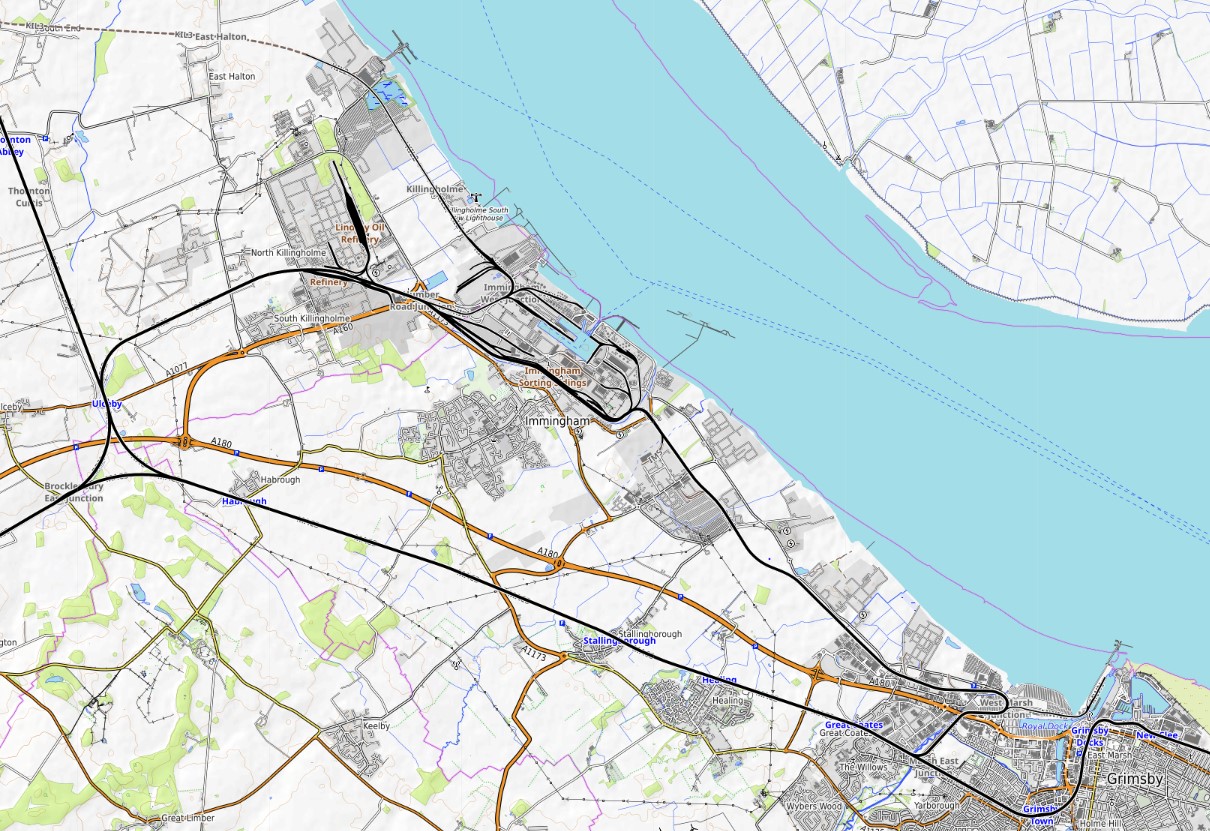
The Great Central Railway had huge ambitions under the dynamic leadership of Sir Edward Watkin. The London Extension was built to Marylebone at considerable expense, at Berne Gauge standards in preparation for Channel Tunnel services. The company as owner of Grimsby Docks was simultaneously instrumental in getting Immingham Docks built (1906-12).
An electric tramway was built from Grimsby to bring in dock workers. It was one of Britain’s most heavily patronised tramways throughout its life but suffered numerous indignities after Nationalisation. On-street running in Grimsby ended in 1956 at a time when it conveyed a million passengers per annum, and full closure took place within five years. The picture below was taken on the last day of service 1st July 1961.
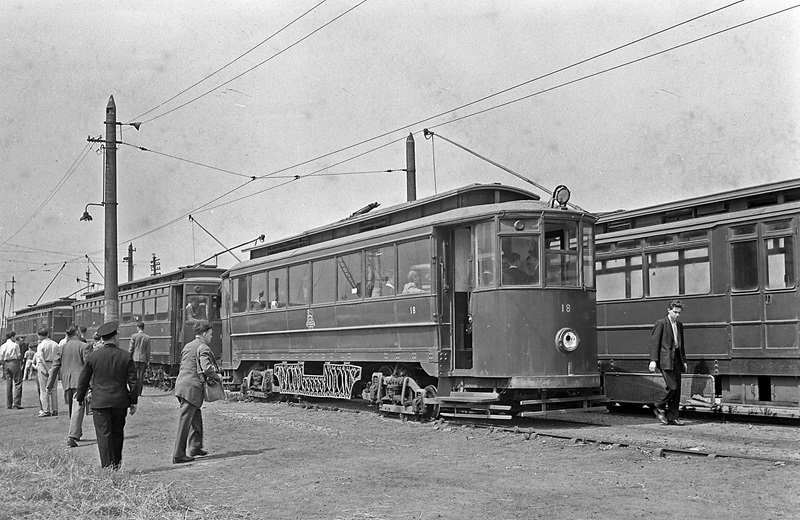
Image credit: Jack Faithfull. RCTS Collection.
We welcome links to publicly available online news items and videos from anywhere in the world. Despite its name, Raildate covers all transport modes, including also bus, tram, air, and marine.
Raildate may be freely distributed without permission as long as no changes whatsoever are made to the original document distributed by the Editor.
The main Raildate website https://raildate.co.uk includes a history of Raildate by the founding editor Howard Sprenger and archived editions from 1996 to the present.
Facebook members are encouraged to join the Raildate group.
© Matthew Shaw 2025